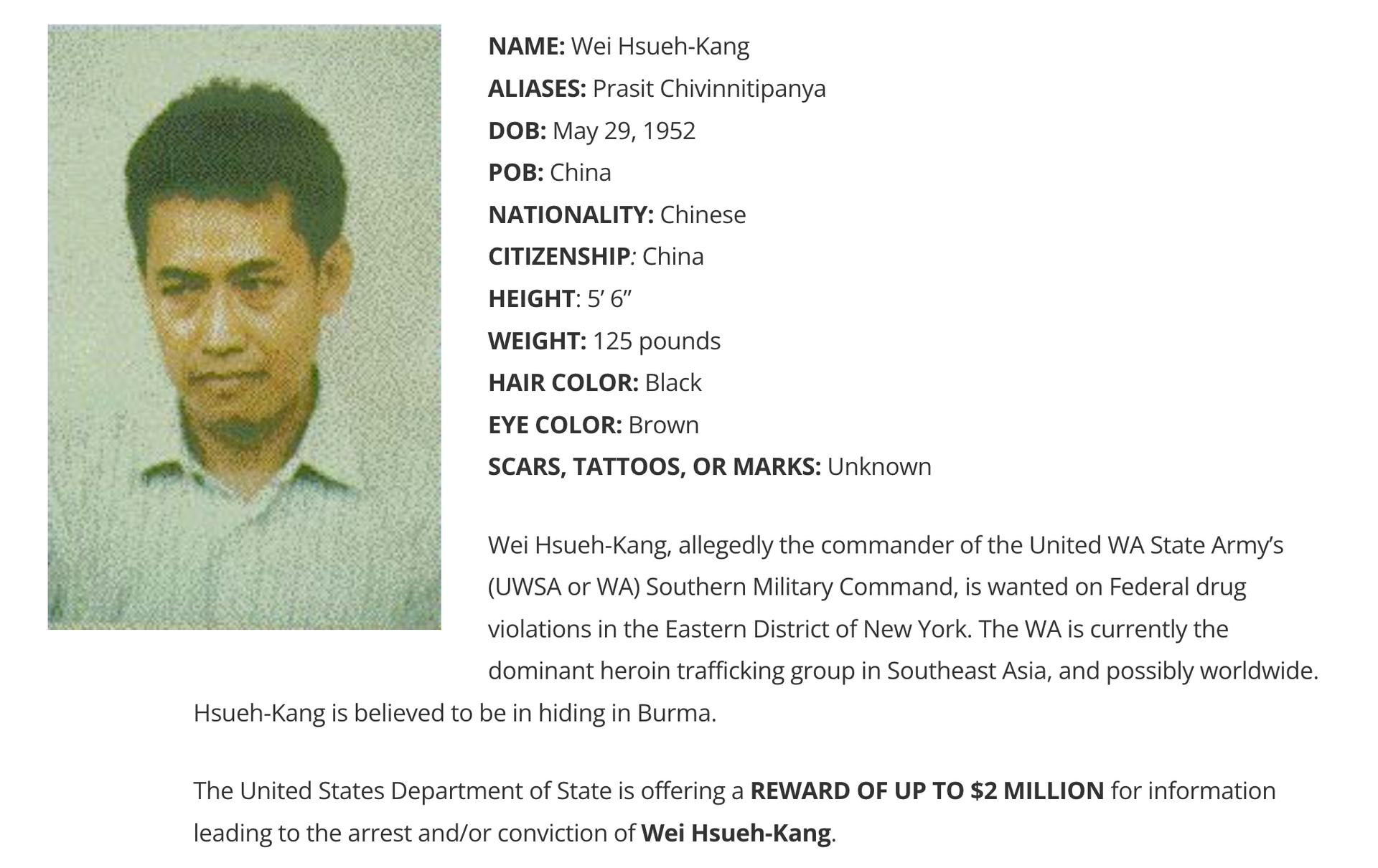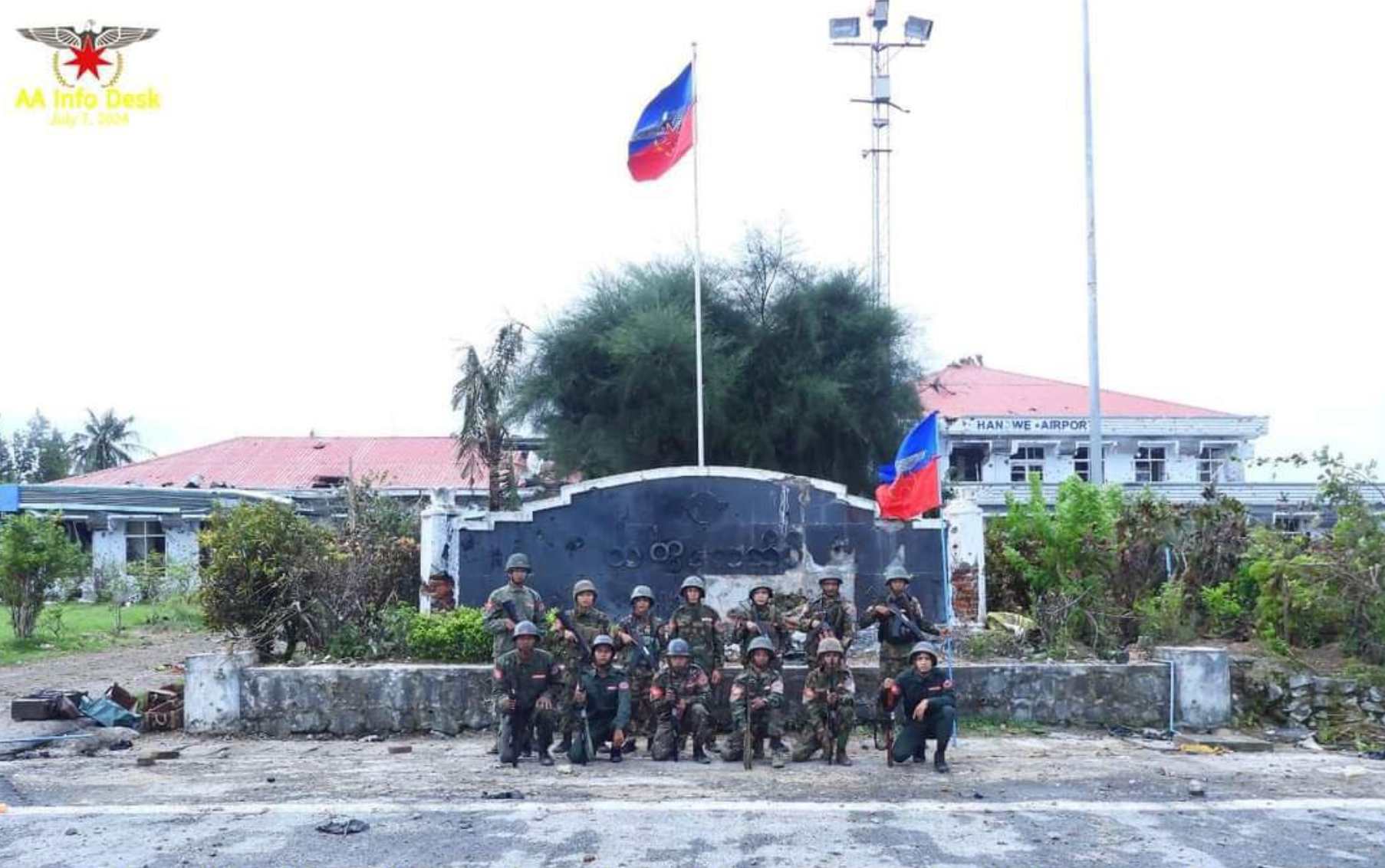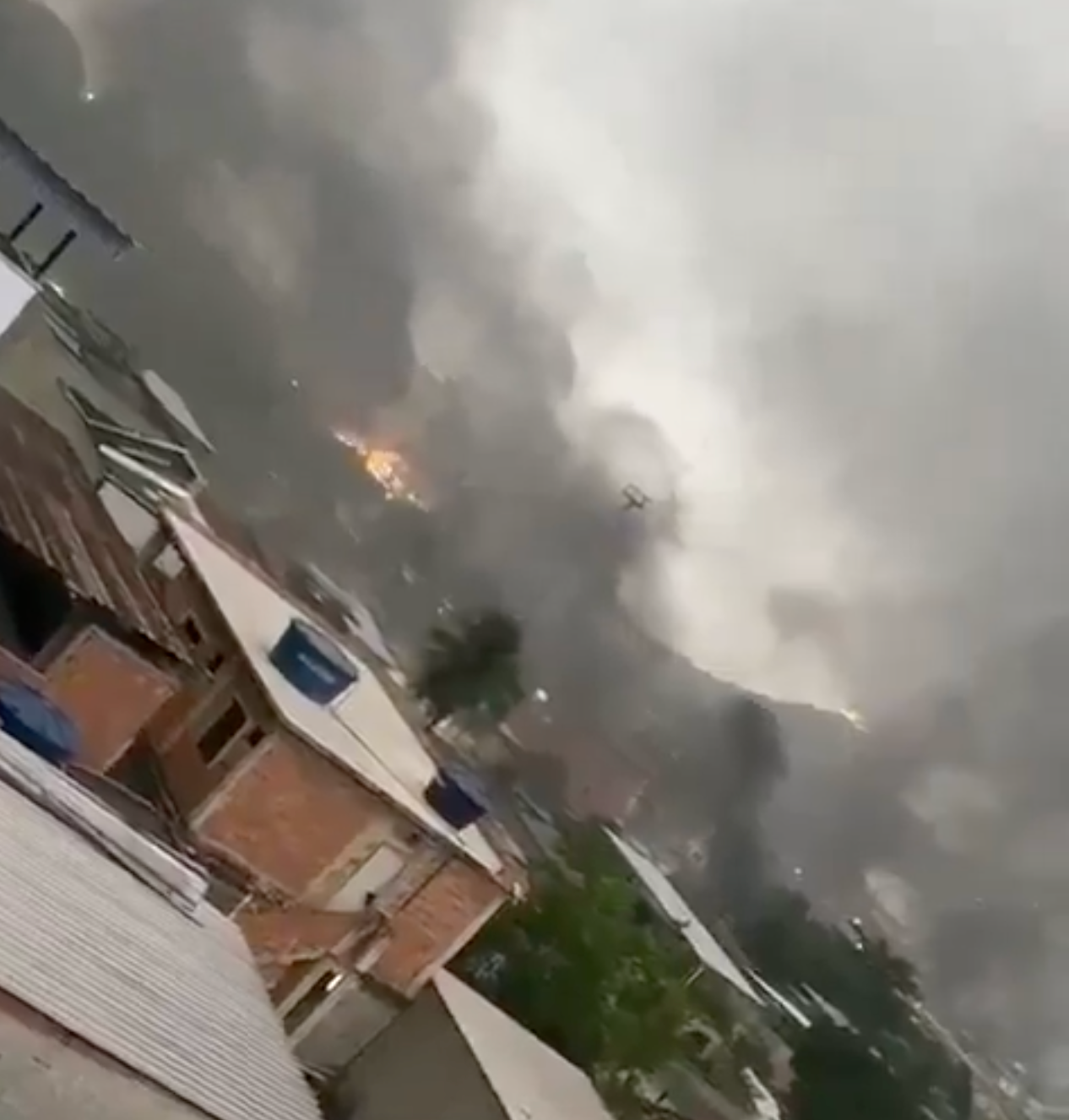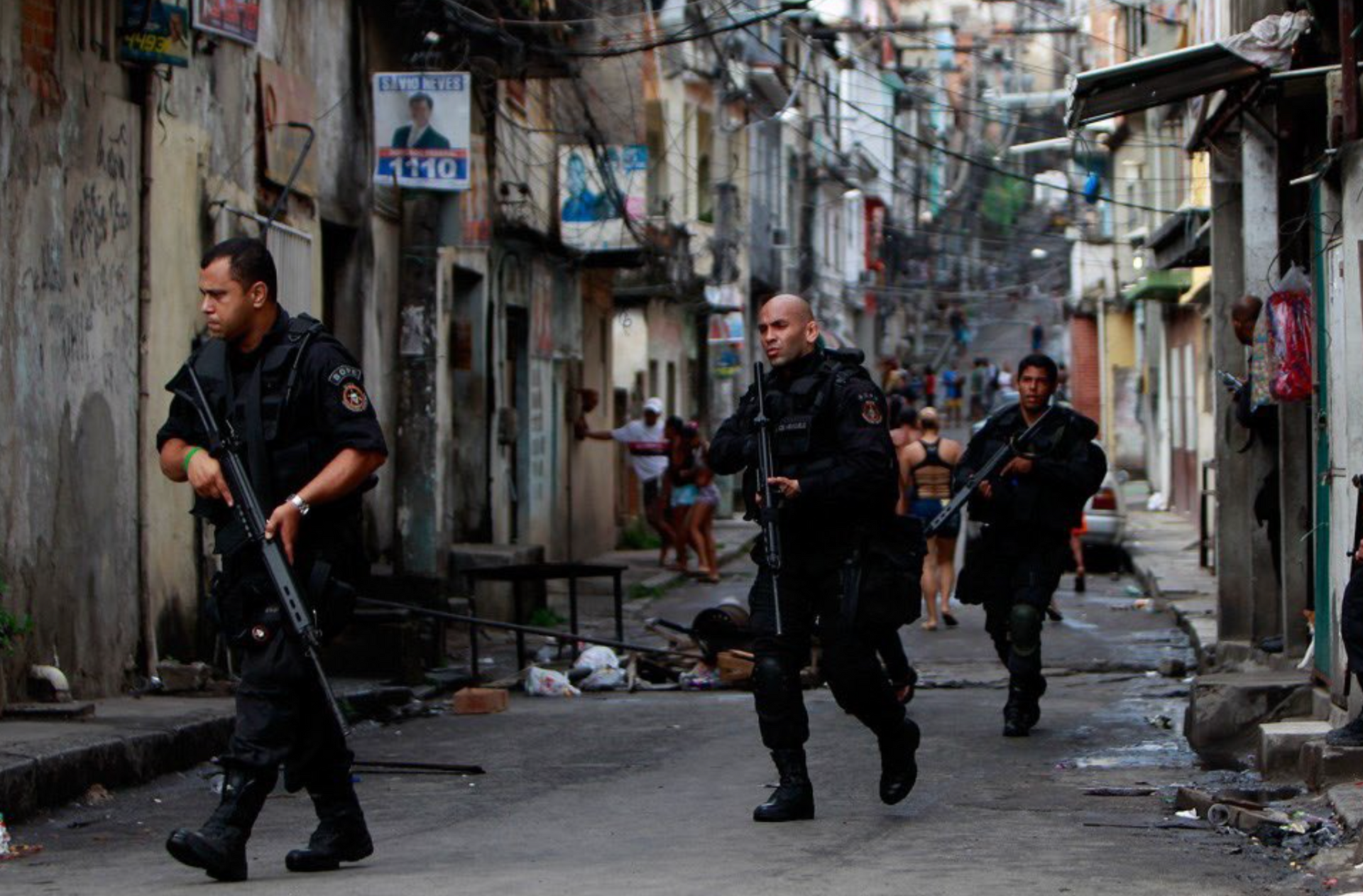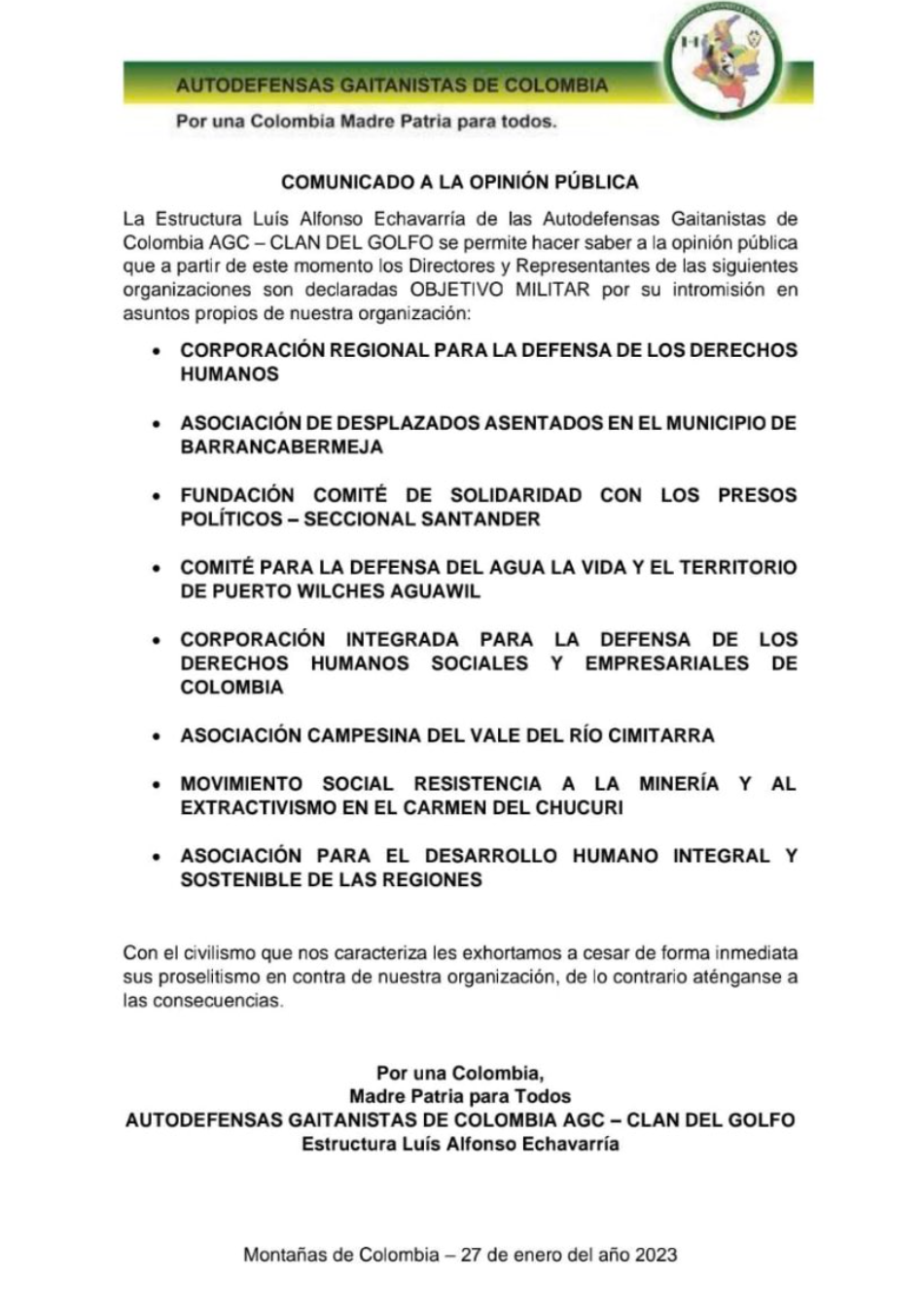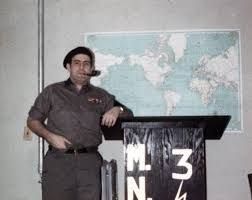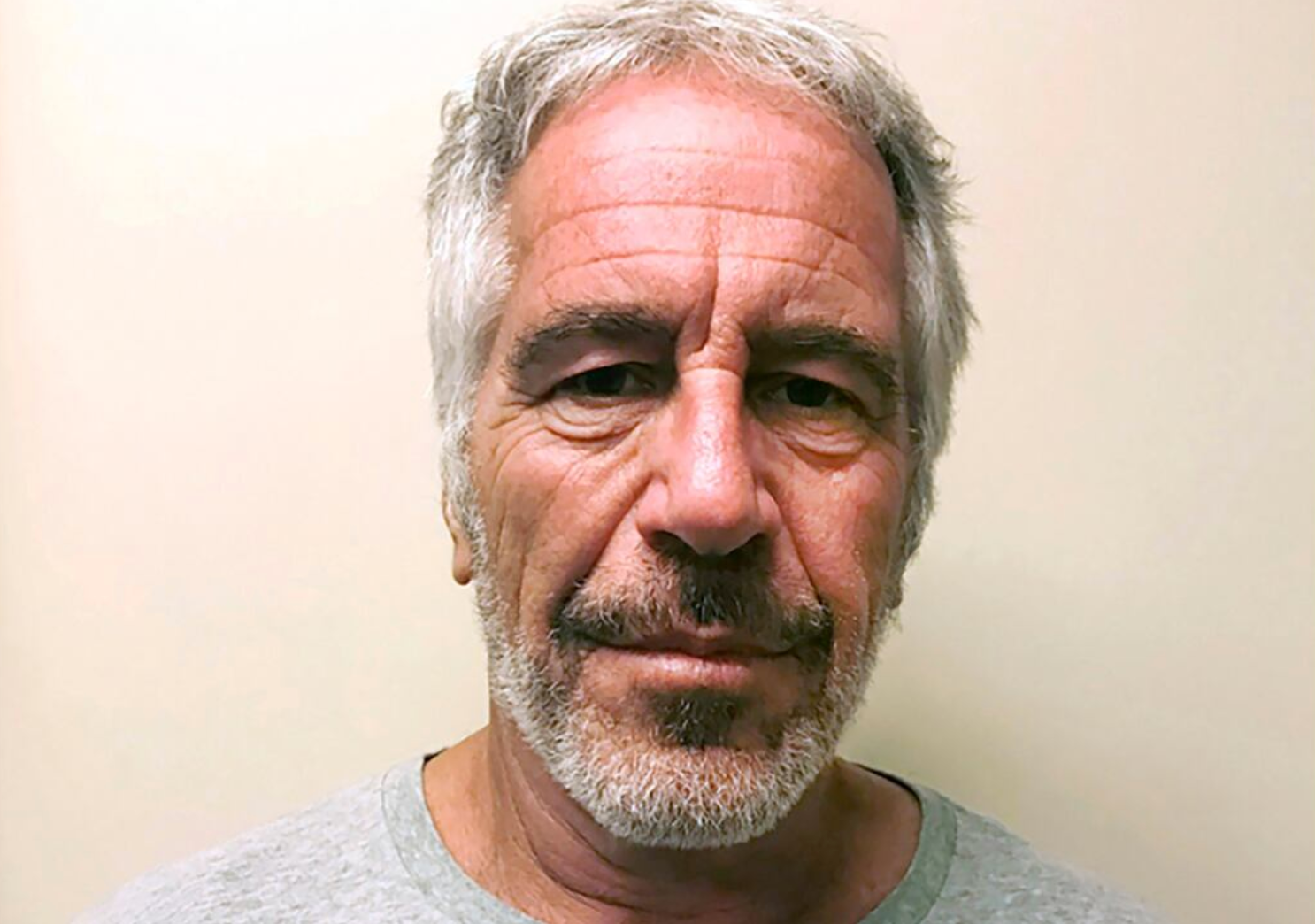The Drug War's Death Count is Higher Than Many Conventional Wars
March 2, 2025
Statistics, Charts, and Maps Illustrating the Murders Tied to the War on Drugs
- Drug traffickers killing rival traffickers for turf or trafficking routes
- Traffickers murdering police/military officials
- Police/military officials murdering drug traffickers
- (political violence) Traffickers murdering government officials, journalists, activists
- Drug addicts murdering to steal drugs for consumption
- Innocent victims caught in the crossfire of drug-war violence
- Drug-related robberies resulting in murders
- Murders involving drug transactions gone badly
- Murders against individuals who provide information to law enforcement
Murders among organized crime groups resulted in 19% of all homicides throughout the world in 2017. That resulted in “many more deaths worldwide than armed conflict and terrorism combined.”
Yury Fedotov, UNODC Executive Director
The black market obviously benefits drug cartels and organized crime groups; it also helps arm violent non-state armed groups, such as Hezbollah and the United Wa State Army, which controls an autonomous region in Myanmar. As many as 23 U.S.-designated terrorist organizations are involved in illegal drugs, according to the DEA. The Marxist terrorist group in Colombia, the ELN, controls significant levels of coca production. Some terrorist groups, such as Al-Qaeda in the Islamic Maghreb (AQIM), profit by extorting or “taxing” drug traffickers who pass through their territory in northern Africa.
This study is focused on illustrating the scale of black-market violence linked to the underworld of illegal drugs. To do so, there needs to be an understanding of the supply and demand forces.
The United States is ironically one of the world’s strongest proponents of criminalization and a militarized approach to interdiction. The U.S. provides billions of dollars for other countries to beef up their counternarcotics measures all while Americans consume illegal drugs at a substantially higher scale than any other country.
There’s a clear correlation between the violence in drug production zones outside the U.S. and the trafficking routes to America. Black-market drug violence in the U.S. is generally isolated in low-income areas, which means that it is essentially out of sight and out of mind for most Americans.
Americans spend $153 billion per year on illegal drugs.
That study was based on the four most common illegal drugs (marijuana, methamphetamine, heroin, and cocaine).
Marijuana and methamphetamine production have an unlimited global footprint.
Cocaine and heroin production have a limited global footprint.
Marijuana can be grown indoors and outdoors in almost every climate. The majority of illegal marijuana in the U.S. is produced domestically. Likewise, methamphetamines can be produced anywhere in the world with the right chemicals, but most of America’s supply comes from Mexico. In theory, there is an unlimited geographic footprint for fentanyl production, but Mexican cartels are the primary groups processing fentanyl precursor chemicals from China and India into the final product.
Not all countries have comprehensive reporting or effective eradication efforts, but the seizure data alone demonstrates that there is a broad global production market for marijuana and methamphetamine:



Coca and opium poppy plants that can produce cocaine/heroin can only grow in certain types of soil, climate, and elevation. As a result, the financial incentives for criminal networks are even greater to control the production and distribution of heroin and cocaine due to the limited supply. Hence, there is more drug-war violence tied to those two drugs.
Global Opium Production
The opium poppy can be grown in many countries throughout the world. Several countries legally produce heroin for medicinal purposes, including China, Korea, India, Japan, Turkey, and Australia. However, illegal heroin has historically only been produced in large quantities in three regions:
Southwest Asia (Pakistan, Afghanistan, and Iran) (The Golden Crescent) (product is brown in color)
Southeast Asia (Myanmar, Laos, Thailand, and Vietnam) (The Golden Triangle) (product is white in color)
Mexico (product is black in color) (Colombia hasn’t produced a notable level of heroin since 2018.)

(image Wikipedia)
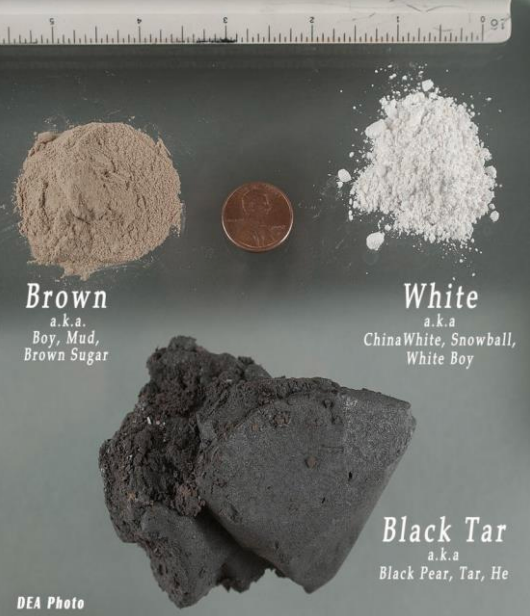
The U.S. has the highest consumer demand for illegal drugs, but there is a global demand as well. Mexico produces much less than the world’s top producer of heroin, Myanmar, yet it supplies most of America’s demand. The Asian producers supply nearly all of the demand in that hemisphere. Proximity is the primary factor.
91% of the heroin in the U.S. originated in Mexico
Here are the highest heroin production regions within Mexico:

Mexico produces roughly
24,100 hectares of opium per year. The primary region is in the “Golden Triangle” where the states of Sinaloa, Chihuahua, and Durango converge. Large concentrations are also found in the north of Nayarit and the states of Guerrero and Oaxaca.
Global Coca Production
Unlike heroin, there’s only one region of the world (the Andean Region) for cocaine production. Criminal groups grow coca in Guatemala, Honduras, and Mexico, but it’s not potent enough to be economically viable for export. Nearly all of the world’s cocaine is produced in just three countries:
Colombia
Peru
Bolivia
Here are the highest cocaine production areas:
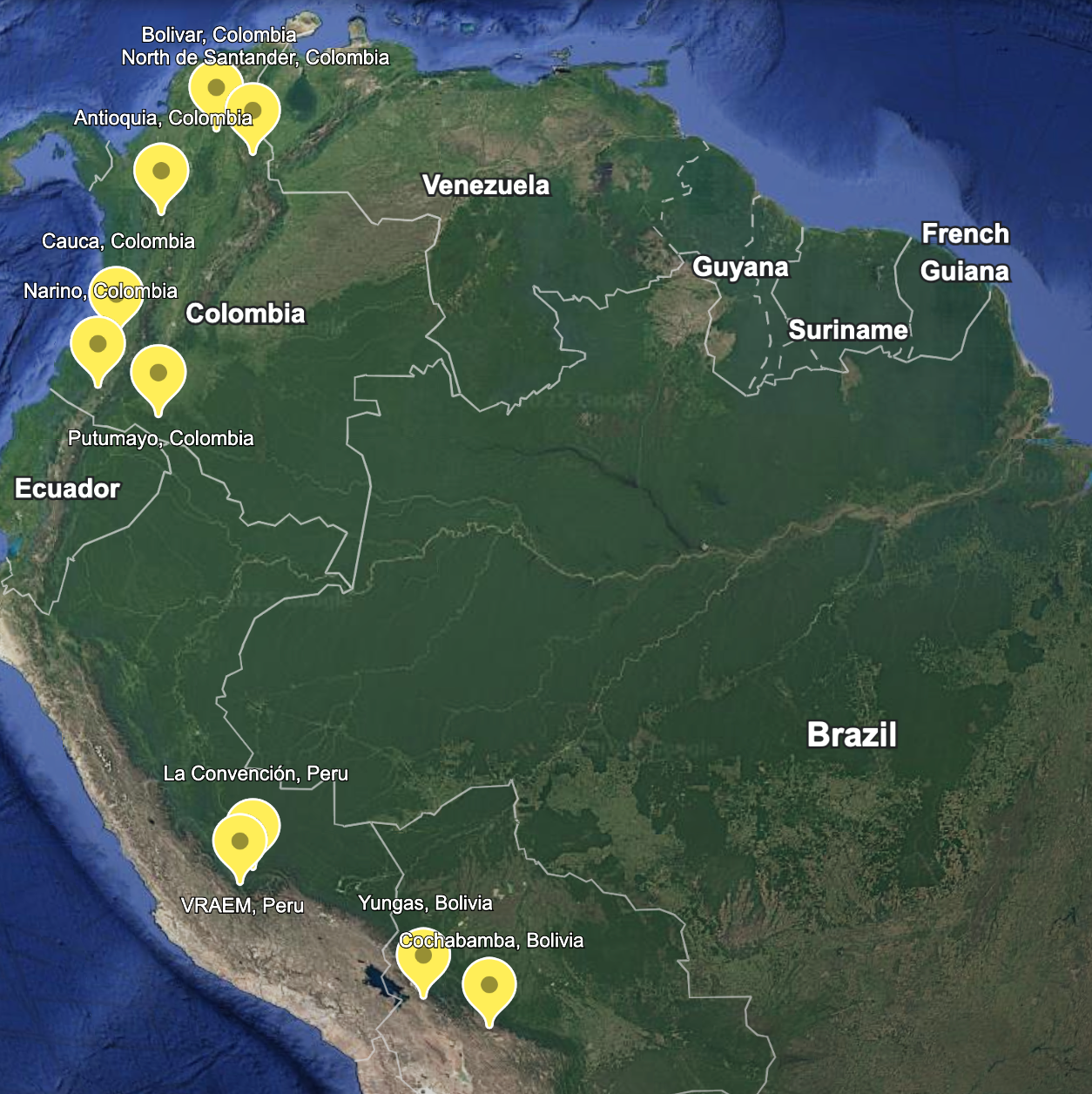

Samples tested by the DEA found that 97% of cocaine in America was cultivated in Colombia. There’s a disproportionate amount of Colombian cocaine (70% of the world’s supply), as opposed to Peruvian or Bolivian cocaine. It makes sense that criminals would make that choice because Colombia is the northernmost supply point of the three countries.
Drug traffickers have extreme potential consequences and financial incentives to follow the path of least resistance. The price for drugs will increase as the distance increases from its production zone because there are more logistical costs, traffickers, and corrupt government officials involved in the process.
The following map illustrates how proximity factors significantly into the pricing of cocaine.

sources Insight Crime, UNODC
Traffickers can make higher profits if selling cocaine in Africa, Europe, or Asia, but the American market is significantly larger. The European Union spends roughly
$32.7 billion on illegal drugs annually, as opposed to $153 billion in the U.S.
Due to the disproportionate demand for illegal drugs in America, there is substantially more violence in the Western Hemisphere for control of this racket.
“Prisoners of Geography”
The best-selling British author, Tim Marshall, coined this phrase that asserted that a nation’s geographic location can explain many of the foreign policy goals and challenges. Many of the citizens living in North America, South America, and the Caribbean have the unfortunate burden of being born in the path of lucrative illegal drug trafficking routes to the U.S.
Here's a look at the macro level of murder rates. There’s a clear correlation between the high murder rate in the world’s focal points of drug production, and transshipment points to the U.S. There is a dramatic drop-off in murder rates south of the cocaine production region where there is far less consumer demand.


Jamaica is a transshipment route to the U.S. for marijuana and cocaine, with a murder rate that is roughly ten times the global average (60.9 per 100,000). In January, the police killed one of Jamaica’s most notorious criminals, Othneil "Thickman" Lobban, the leader of the One Order gang. The government raised the official threat level in the country because his death prompted retaliatory gunfire and businesses being burned. The government issued an order banning local residents from leaving their homes as businesses and schools were closed and the police/military patrolled the streets to maintain order.
It’s reminiscent of when Jamaican authorities agreed to extradite the Shower Posse leader, Christopher “Dudus” Coke, to the U.S. in 2010. His fighters attacked police stations and the government deployed the military to capture Coke. For five weeks, thousands of local residents were stuck in a crossfire between security forces and this gang. Over 70 people were killed in the melee. The Shower Posse was reportedly responsible for 1,400 murders in the U.S. and Jamaica. Dudas admitted in U.S. court to smuggling over 3 tons of marijuana into the U.S.
Removing a kingpin like Dudas hasn’t improved the safety in Jamaica. It resulted in fracturing criminal groups, thus creating more rivalries and violence.
Trinidad and Tobago, a key transshipment point just seven miles from the Venezuelan coastline, is experiencing a similar situation. On December 30th, Prime Minister Keith Rowley declared a state of emergency. That decision is akin to martial law and granted military forces search/arrest capability without a warrant.
This was prompted by a gang leader being killed after leaving a police station and another five gangsters were reportedly murdered in retaliation. There’s been ongoing rival gang violence in Trinidad with Venezuelan gangs muscling in on popular trafficking routes.
"Highway 10" is the informal term for the cocaine trafficking route along the 10th parallel transporting cocaine from South America to Africa. A large portion of that contraband is later smuggled into Europe. This illegal activity is a significant destabilizing force in Africa.

Map of Guinea-Bissau (Wikipedia)
Guinea-Bissau was labeled by the United Nations as Africa’s first “narco state” in 2008. It was an accurate assessment. It was easy for cartels to corrupt officials in this West African nation, which at that time, had no prisons and the world’s fifth-lowest economic development. The UNODC once illustrated how the estimated wholesale value of illegal drugs flowing through West Africa dramatically exceeds Guinea-Bissau’s GDP.

Those lopsided economic incentives have led to political violence. According to former Gambian President Yahya Jammeh, an attempted coup in Guinea-Bissau in 2009 “was actually a drug deal gone bad when five tons of cocaine turned up missing while it was in police custody.” There have been subsequent military coups, and attempted coups, in 2010, 2011, 2012, and 2022, that were related to drug trafficking.
This regional instability benefits some of the terror groups in northern Africa, such as Al Qaeda in the Islamic Maghreb (AQIM) and Jama’at Nusrat al Islam wal Muslimeen (JNIM), which profit from the extortion of the drug trade in their territory. A report from 2017 estimated that AQIM generated $100 million from various illegal activities, including "taxing" drug traffickers.

Jama’at Nusrat al-Islam wal-Muslimin (JNIM) is a U.S.-designated terrorist group that is affiliated with Al Qaeda. It controls territory in Mali, Niger, and Burkina Faso. It profits from "taxing" drug traffickers in its regional strongholds. (image @GI_TOC)

Nigeria is plagued by violence related to terrorism, kidnappings, fuel bandits, and separatist groups. Part of the bloodshed is also related to competition amongst criminals for control of the lucrative domestic and international drug trade, including the terrorist organization Boko Haram. Nigeria is one of the primary transit points for Brazilian traffickers to distribute cocaine throughout Africa, Europe, and Asia.
According to the FBI, Nigeria has the most powerful criminal groups in Africa and they conduct business in 80 countries. This is evident as Nigerians are the largest non-Latin American and European nationality arrested in European airports between 2016 and 2020 for drug trafficking offenses. The nation’s largest criminal group, Black Axe, has an estimated 30,000 members worldwide and specializes in international drug trafficking, among other rackets.
Nigeria and South Africa are two of Africa’s primary transit hubs for Asian heroin shipments in and out of the continent. Both countries are also Africa’s top producers of methamphetamine.

A convoy of Boko Haram fighters (image @WerbCharlie)
The murder rate in Asia (2.3 per 100,000) is well below the global average, but the profits from illegal drugs are fueling warfare.
Afghanistan has been one of the world’s top producers of heroin for decades. The Taliban leader issued an opium ban in 2000 and it resulted in a 94% reduction within a year. After 9/11, the U.S. allied with several Afghan warlords who were deeply involved in heroin trafficking. In turn, Afghanistan’s opium production dramatically spiked and it produced roughly 90% of global supply while U.S. troops occupied the country.
A Taliban opium ban seems in line with the group’s tyrannical fundamentalist Islamic directives. However, the black-market profits from heroin funded both sides of the war. In other words, the Taliban’s opium policy has shifted from time to time depending upon their circumstances. The UNODC estimated in 2009 that the Taliban generated $155 million per year from “taxing” Afghan opium traffickers during the war.
Less than a year after the U.S. withdrawal in 2021, the Taliban issued another opium ban and the market has shrunk by roughly 95%. The Taliban’s motivation is likely less about religious doctrine and more to do with self-preservation. By cutting off rival warlords from potential black-market profits, it helps to keep them in power.
Myanmar has been engaged in low-scale warfare against over 20 ethnic armed rebel organizations for decades. Just months before the Afghanistan opium ban, military leaders in Myanmar staged a coup in February 2021. That sparked a civil war between the military junta and armed ethnic groups. The war has killed over 50,000 people (including 6,000 civilians), displaced 1.5 million, and exacerbated the long-term trend of ethnic cleansing against the Rohingya minority. International observers have documented several war crimes committed by the regime and rebel forces.
Opium and methamphetamine were ubiquitous in Myanmar before the civil war, but it rapidly expanded into the top producer of heroin in the world. That was a market force reaction to the Afghan opium ban. The other reason is that both sides of the war, the military junta and several of the rebel groups, make significant profits from the illegal drugs.
(images left to right)
1 - The Arakan Army (AA), rebel group that profits from illegal drugs, capturing a junta stronghold. (image @PopularFront_)
2 - Rohingya refugees - There is an ongoing genocide being committed against this Muslim minority group in Myanmar. The Arakan Army (a Buddhist rebel group) is guilty of these offenses. (image @mabuasaker)
3 - Min Aung Hlaing, the de facto leader of Myanmar who profits from illegal drugs, among other rackets. (image Wikipedia)
4 - The United Wa State Army (UWSA) is an armed non-state actor with 30,000 soldiers that controls a region within Myanamr. The U.S. Treasury Department once labeled the UWSA as “the largest and most powerful drug trafficking organization in Southeast Asia.” (image Wa State TV)
The Netherlands provides a perfect example of how desensitized the masses are about drug-war violence. A Dutch public opinion poll found that 59% believed that their country has become a “narco state.” This is in part because 70% of Europe’s cocaine passes through the Dutch ports of Antwerp and Rotterdam. This belief is based on some high-profile examples of drug-war violence, such as torture chambers in cargo containers.
A criminal case, the “Marengo trial,” that spanned years against one of the country’s most powerful trafficking organizations captured the public’s attention with massive media exposure. The leader of this Dutch-Moroccan gang ordered over ten murders or attempted murders, including a key witness’s brother, journalists, and lawyers.
If the Netherlands is a narco-state, it means the rest of the world is a narco-state. The drug war is certainly a contributing factor to the country’s homicide rate, but it is an overall safe country with a low level of violence. The Netherlands has a murder rate (0.74 per 100,000), which is below the European average. The Dutch people are simply acting as a healthy society that doesn’t accept/normalize the violence/corruption tied to the black market of illegal drugs.

The macro-level view of this violence on a country-by-country basis is convincing. Diving into the details at a more granular level is even more alarming. Some countries have multiple cities within the top 50 highest murder rates:
Brazil (13), Mexico (11), the U.S. (7), South Africa (6), Ecuador (5), and Colombia (3)
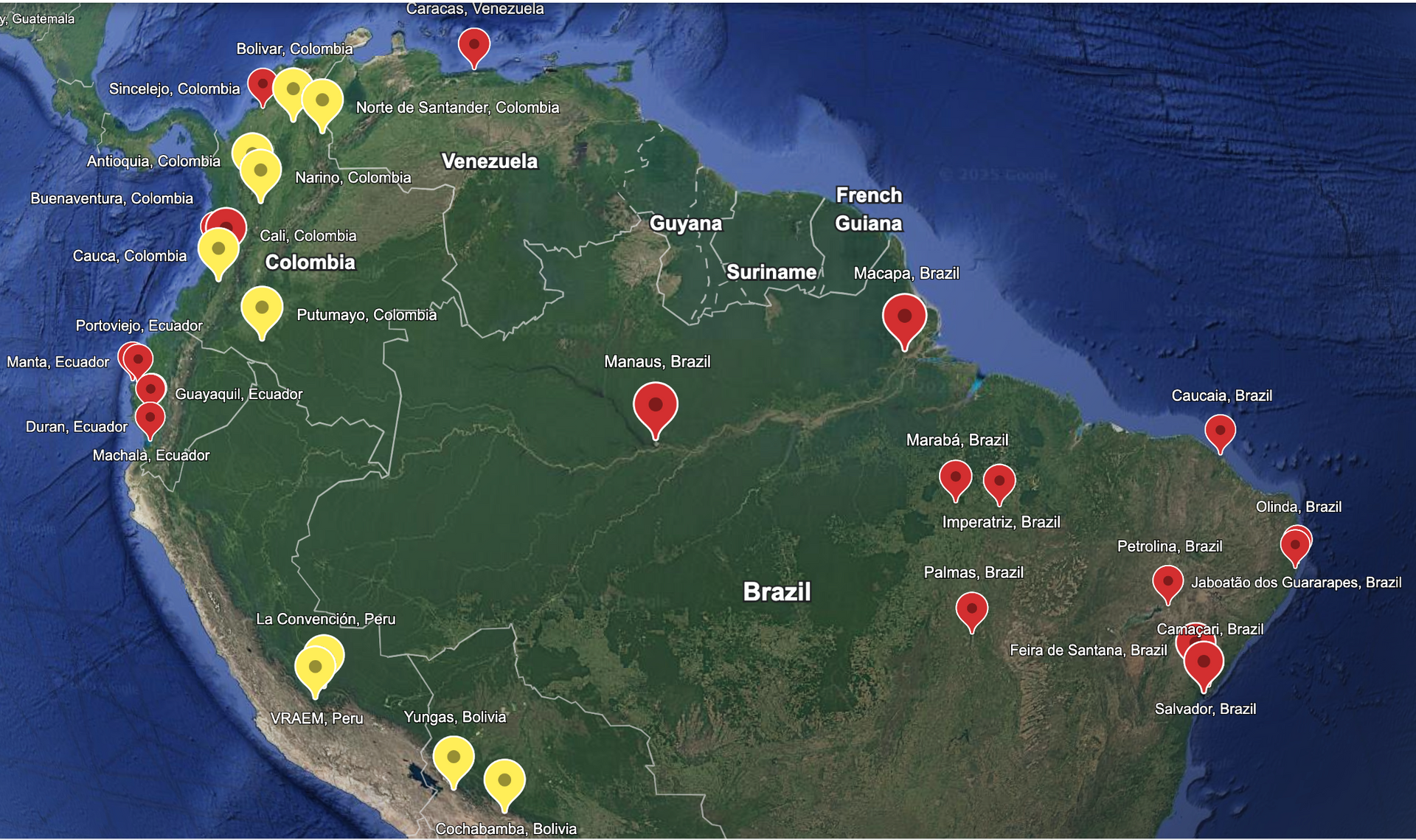
Yellow = Drug Production Zones
Red = City with a Global Top 50 Homicide Rate
Brazil borders the three countries that supply the entire global demand for cocaine. Roughly 40% of the world’s cocaine supply passes through Brazil. It is the primary trafficking route to Europe and Africa. It also has the second-highest consumer demand for cocaine in the world.
There are 2.3 million square miles of rainforest in the Amazon. That remote terrain leaves law enforcement authorities with an impossible task of stemming the flow of illegal drugs. The Amazon in Brazil should be one of the most peaceful regions of the world because it has the highest number of indigenous groups that have no contact with the outside world (over 100 indigenous groups). However, due to the isolated nature of the region, it is a haven for traffickers. Consequently, the Amazon is one of the most violent parts of the country and indigenous groups are frequently victimized by these criminals.
Brazilians need no reminder that there is an actual war on drugs. The country’s two most powerful organized crime groups, the PCC (40,000 members with another 60,000 contractors) and Red Command (30,000 members), broke a peace agreement in 2016. They continue to battle for control of the drug trade, among other rackets. Those criminal organizations often clash with police militia groups that are known to “tax” the drugs and have been linked with political assassinations.
Brazil’s military dictatorship ended in 1985. Traces of that legacy remain evident as the government has a highly militarized counternarcotics approach that factors heavily into the roughly 6,000 Brazilians who are killed by the police every year. One of Rio’s military police special forces, BOPE, still wear patches that are reminiscent of the former dictatorship’s death squads. Much like Jamaica, there is a culture of impunity for extrajudicial killings committed by the Brazilian police.
Six of the world’s most dangerous cities are Brazilian port cities that transport drugs to international markets. These are perfect examples of the principles behind the prisoners of geography. Many innocent civilians in these coastal regions are caught up in gang warfare to control these strategic territories. “More than 80% of violent crimes are directly tied to the war between drug factions over control of local markets, with considerable collateral damage,” according to the Amapá State Secretary of Justice and Public Security, José Lima Neto.
(images left to right)
1 - A firefight between police and the Red Command (image @baudorio)
2 - The BOPE, a police unit linked to many human rights violations, patrolling a favela in Rio de Janeiro. (image @BreeganDumb)
3 - The emblem of the BOPE unit. (image @BrianMteleSur)
4 - Marielle Franco, a Brazilian politician who was assassinated by a police militia group. (image Wikipedia)
Colombia has a history stained by rampant drug war violence. Both sides of a 52-year civil war profited from the black-market profits of the drug trade. The right-wing paramilitary groups fought in support of government forces that were battling against the communist guerrillas, the FARC and the ELN. That war resulted in over 450,000 murders of which roughly four out of five victims were civilians, over 121,000 people disappeared, and 7.7 million Colombians became refugees in their own country.
The Civil War officially ended in 2016 when the FARC agreed to a peace deal, but unresolved factors remain in place and the conflict continues today. The vast majority of FARC rebels (13,185) turned in their weapons and abided by the agreement, but the government failed to provide adequate protection. Over 400 former FARC rebels who signed the 2016 peace agreement have been killed, often by their former comrades, “FARC dissidents.”
Roughly 1,500 FARC dissidents refused the peace agreement from the beginning and remained actively involved in drug trafficking and warfare. Colombia’s other significant communist guerilla group, the ELN, never agreed to the 2016 deal and remains at war with the government. Its 6,000 fighters finance its operations primarily through the drug trade.
These groups, among others, fight to control the various large swaths of Colombia’s rural landscape that have little to no government presence where cocaine cultivation flourishes. It’s a tremendous challenge for security officials to stabilize these regions and eradicate the drugs. These areas are in remote treacherous terrain with no infrastructure connecting to larger cities.
As a tactic of war, the armed groups booby-trap their territory with improvised explosive devices (IEDs) and landmines. Last year, the Colombian government reported 998 incidents with landmines. This guerrilla warfare tactic creates invisible prison walls that intimidate the local population from leaving the area. It also deters rival criminal groups or government forces from entering their territory. In addition, the landmines eliminate the coca growers’ options to switch to a legal crop. Roughly 58,000 Colombians essentially live as hostages under the control of these militant groups in these ungoverned areas with no ability to leave.

An improvised explosive device (IED) used by the communist terrorist group, the ELN (image @war_noir)
The most powerful drug trafficking organization in Colombia is a neo-paramilitary group, the Gaitanistas Self-Defense Forces of Colombia (AGC), with 8,000 fighters. The AGC is a successor of the right-wing paramilitary group, a U.S.-designated terrorist organization. The AGC functions much like its terrorist predecessor. It frequently posts public death threats for violating their curfews, “social cleansing” against the LBGTB community, and naming leftist political leaders and community organizers who are “military targets.” They commit these murders with impunity. Colombia is one of the most dangerous places in the world for human rights/liberal political activists as 173 were murdered last year.
(images left to right)
1 - Colombia's most powerful drug trafficking organization, the Gaitanistas Self-Defense Forces of Colombia (AGC) (image @AnalisisUrbano)
2 - A pamphlet circulated by the Gaitanistas Self-Defense Forces of Colombia (AGC) threatening human rights organizations that it views a military targets. (image @pbiusa)
3 - Two captured Colombian soldiers held hostage by the FARC dissident group, Estado Mayor Central @LatamObscuro
4 The communist terrorist group, the ELN (image @jhonjacome)
537,000 Colombians can’t move freely within their area due to the armed conflict
A battle occurred a month ago in the northeast city of Catatumbo, an area known for cocaine production. The ELN attacked a FARC dissident group known as Estado Mayor Centro (EMC). Over 80 people were killed. The violence in the region is so intense that 46,000 people have been displaced in recent weeks.
In the last few years, multiple FARC dissident groups crossed the border into Ecuador to vie for power and heavily contributed to the massive spike in violence.

Ecuador was one of the safest countries in this region with a murder rate of just 5 per 100,000 in 2017. Now it’s one of the most dangerous countries in the world. Trafficking Colombian cocaine through Ecuador has been a favored route for decades, in part, because Guayaquil has one of the busiest ports in South America.
There wasn’t much inter-cartel violence for many years because Los Choneros (12,000 members) held a near monopoly over the country’s drug supply routes. However, Colombian FARC dissidents began muscling in on Ecuadorian territory, and other foreign groups, such as the Albanian Mafia and the Jalisco Nueva Generación Cartel, entered the fray. They are all vying for power against Los Choneros and Ecuador’s second most powerful crime organization, Los Lobos (8,000 members).
There have been numerous high-profile acts of drug-war violence. Fernando Villavicencio was one of Ecuador’s most respected investigative journalists who fearlessly published reports detailing corruption and drug trafficking. He ran as a presidential candidate but was murdered eleven days before the 2023 election by six Colombian hitmen.
Last January, the leader of Los Choneros, Adolfo Macías Villamar aka “Fito,” escaped from prison, which led to a wave of prison riots, bombings, and kidnappings. Two days later, members of a gang affiliated with Los Choneros stormed a live news broadcast in Guayaquil with guns, grenades, and dynamite. They fired their weapons and temporarily held the broadcasters hostage.

A gang affiliated with Los Choneros stormed a TV news station in Guayaquil and held the broadcasters live on air. (image @insightfactor)
In response, Ecuador’s President Daniel Noboa issued a state of emergency that designated 22 crime groups as terrorist organizations. However, that was one in a string of multiple declarations allowing the military to participate in law enforcement operations. Unfortunately, this isn’t an issue that simply more arrests can fix. The violence in Ecuador’s prisons is so extreme that a study revealed that if Ecuador's prison system were a city, it would be the second most violent city in the country.
Here is a look at the concentrations of violence north of the equator:

Yellow = Drug Production Zone
Red = City with a Global Top 50 Homicide Rate
Mexico has been plagued by rampant cartel violence for decades, but December 2006 marks a tragic pivot point in history. Then-president Felipe Calderón launched the “kingpin strategy,” a militarized approach targeting the leaders of these organizations. That led to the death or capture of 25 of 37 cartel leaders. His successor’s administration, Enrique Peña Nieto, created a list of 122 top targets in which 110 cartel leaders were killed or captured.
The U.S. has provided over $3 billion in counternarcotics assistance, primarily military aid, via the Mérida Initiative since 2007, but Mexico is not any safer. The kingpin strategy caused mass violence as the largest groups splintered into several new rival organizations, which have diversified into multiple rackets beyond drug trafficking. Consequently, the murder rate has nearly tripled since 2006.
The homicide figures are understated because it’s impossible to properly document in Mexico. So many of the victims can’t be found. It’s a country in which over 3,000 unmarked graves have been discovered since 2006. Over 114,000 people have been forcibly disappeared in Mexico since 2006. That number was 267 in 2006.
The kingpin strategy is unpopular in Mexico for obvious reasons and Andrés Manuel López Obrador (AMLO) was elected in 2018 with the campaign promise to end it. AMLO’s critics had a field day in 2019 when Mexico’s security forces needed to retreat after an attempted capture of Ovidio Guzmán, the son of “El Chapo” Guzman. This was a perfect illustration of the force capability of these organizations.
A team of Mexican police/military briefly detained Ovidio Guzmán in Culiacán. In response, Sinaloa Cartel gunmen burned cars, set up blockades in the road, and exchanged gunfire with government forces for hours. They captured eight police officers and held them hostage. The government subsequently agreed to release Guzmán to reduce the collateral damage. AMLO defended that controversial decision. He said, “The capture of a criminal cannot be worth more than the lives of people.”
However, AMLO’s soft political rhetoric is far different from the reality on the ground. He created a new anti-drug task force that is headed by the Mexican Army. Now, over 281,000 members of the Mexican military are deployed domestically for law enforcement duties, more than any time in Mexico’s history.
That’s a dangerous precedent because Mexico’s military has a horrible human rights record. Its armed forces have a kill-to-wounded rate that is far above normal combat statistics. In other words, it’s clear that the military operates as a death squad and frequently kills people who pose no immediate threat. That’s particularly troubling as some autocratic leaders have used the war on drugs as a pretext to commit extrajudicial murders against political dissidents en masse as has happened in the Philippines, Bangladesh, and Thailand.
The drug war has resulted in a broken justice system in which 90% of crimes go unreported and 95% of reported crimes go unsolved. This type of systemic damage from the war on drugs is felt throughout Latin America, where only 20% of murders committed result in a conviction, compared to the global rate of 43%.
The criminals operate with impunity and the violence is targeted at many people outside of the criminal underworld. Mexico is the second deadliest country for journalists in the world (behind Iraq and tied with the Philippines) as 147 journalists have been killed there since 1998. Likewise, there were 330 violent attacks against political figures in the three months before last year’s election with a high percentage committed by organized crime groups.
The United States has a murder rate (5.7 per 100,000) that is in line with the global average (5.8 per 100,000). However, the homicide rate is significantly higher than in other economically-developed nations.
There’s a xenophobic tendency for Americans to think of the drug war as something that is limited to Tijuana, Juarez, and Medellín. However, the drug war is highly visible throughout this country even though there isn’t much of an American media narrative. America has seven of the most murderous cities in the world. The violence is so severe that the Mayor of Memphis coordinated a temporary gang truce last year.
This violence is usually concentrated in low-income areas with highly visible open-air drug markets. For example, 40% of the gunfire in Washington D.C. takes place within 2% of the city blocks. In other words, the war on drugs is out of sight and out of mind for most Americans because the violence doesn’t hit close to home.
There’s a clear link between high murder rates and drug trafficking. In fact, the black market for illegal drugs is the top catalyst behind murders in America's most dangerous cities. Here are a few estimates by police officials of how much of their city's murder rate is tied to illegal drugs:
Chicago - 80% of the city’s gun crime is directly related to the drug war.
New Orleans - 75% of homicides linked to street gangs involved in drug distribution.
St. Louis - 70% of homicides linked to drug trafficking organizations.
Detroit - 65–70% of homicides have a narcotics catalyst
Cleveland - 60% of homicides are drug-related
Baltimore - 40-60% of homicides are drug-related
One study by researchers at the Rochester Institute of Technology did a review of all murders committed in Rochester, which has a historically high murder rate, over two years. It found that:
- 23.5% of murders involved drug-related robberies
- 11.1% of murders involved drug transactions gone badly or battles for turf
This study serves as a solid baseline. Based on Rochester’s data and those other cities’ estimates, it would be highly conservative to estimate that 20% of the murders in the world’s 50 most dangerous cities (32,558 murders) were tied to the drug war.
A conservative estimate of 6,511 people were killed in the drug war in the world’s 50 most dangerous cities in 2023
How does that level of violence from the drug war compare to other wars?
More people were killed in one year of the drug war in the 50 most dangerous cities than all U.S. troops killed in the entire Afghanistan War or Iraq War.
U.S. media often frames issues about the wars in Afghanistan and Iraq in terms of American troops. There were 2,324 U.S. troops killed over the course of 20 years in Afghanistan and 4,598 American soldiers were killed in 15 years in Iraq (2003-2011 and 2014-2021), according to the Costs of War Project by the Watson Institute for International & Public Affairs at Brown University.
American public sentiment about the drug war shares some similarities with war in general. The draft was abolished in 1973 and with a volunteer army, less than 1% of Americans are active military. That means that when these soldiers return home in body bags, it doesn’t hit home for 99% of Americans.
U.S. media generally reports statistics that focus on American soldiers’ casualties, as opposed to total casualties, because it helps to whitewash U.S. foreign policy. For instance, so much of the post-9/11 war effort has been privatized. More U.S. contractors were killed in Afghanistan (3,917) and Iraq (3,650) than U.S. soldiers.
By focusing on U.S. soldiers’ deaths, it nullifies how many innocent civilians were killed in these wars. A combined number of 46,839 civilians, journalists, and humanitarian workers were killed in Afghanistan. Estimates for those same categories of innocent victims in Iraq range from 186,176 to 209,309.
A total of 176,000 people were killed in the Afghanistan War
(an average of 8,800 per year)
A total of 275,000 to 306,000 people were killed in the Iraq War
(an average of 20,400 per year)
One of the challenges with this type of study exploring drug-war violence is gathering reliable data. Estimates for death tolls range widely when reviewing different modern wars. The drug war is no different. Several news and non-profit organizations in Mexico attempt to gauge the scale of drug-war violence in their country. It’s a difficult task for a few reasons.
There are over 100,000 people who have been disappeared. Furthermore, many drug cartels have diversified into multiple illicit revenue streams, such as oil theft. The criminal groups have so many corrupt military, police, and political figures on the payroll that it blurs the lines for how to categorize the motivation for murders. Those same complications are present in other countries as well.
20,000 of Mexico’s 31,000 murders in 2023 were linked to organized crime
Visions of Humanity’s “Peace Index”
It’s difficult to provide credible statistics related to specifically drug trafficking murders, but here are a few high-profile studies:
70% of homicides in Colombia are related to drug trafficking (based on 20 years of data)
Colombia’s Attorney General's office
30% of murders in Brazil are linked to drug trafficking
80% of Ecuador’s murders tied to cocaine distribution/exportation
Ecuadorian National Police (PNE)
10.7% of murders in Trinidad and Tobago are related to drug activity
Trinidad and Tobago Police Service (TTPS)
Based on those estimates, it’s fair to approximate that there were:
9,460 drug-war murders in Colombia in 2023
12,139 drug-war murders in Brazil in 2023
6406 drug-war murders in Ecuador in 2023
66 drug-war murders in Trinidad and Tobago in 2023
(Combined total of 28,071 in Colombia, Brazil, Ecuador, and Trinidad)
Based on that data:
The drug war is deadlier on an annual basis, in these four countries alone, than the Afghanistan War and Iraq War.
The drug war’s death toll is much higher as it occurs throughout the world. According to the UNODC, 22% of homicides worldwide were gang/organized crime-related in 2023. There are usually around 400,000 to 450,000 homicides globally every year and the drug war is a significant factor. If using a more conservative estimate than earlier that 15% of murders are drug-war related, then this is a reasonable estimate:
The drug war results in roughly 60,000 to 67,500 murders per year.
There were 56 conflicts worldwide in 2024 resulting in 162,000 conflict related deaths, according to the Global Peace Index.
That means that the drug war is one of the deadliest modern wars.
Armed with this knowledge, there are only two paths forward. One path is ending the drug war with a combination of decriminalization/legalization, but that approach is highly stigmatized. The other path is doubling down on the failed status quo of a strong criminalized/militarized counternarcotics approach.
Ending the drug war would require a global coalition of countries. There is no panacea in which all the bloodshed could be eliminated because many drug trafficking organizations are diversified organized crime syndicates. However, drugs represent the most lucrative form of illicit crime, and diminishing the black market would remove the underworld’s best recruiting tool.
There is some political support for ending the war on drugs but not much momentum. Former Colombian President Juan Manuel Santos called for ending the war on drugs during his 2016 acceptance speech for the Nobel Peace Prize. Likewise, the current President of Colombia, Gustavo Petro, has offered even more vocal support for ending the war on drugs.
Finding reliable polling data in the U.S. is a challenge. A 2021 poll by the Drug Policy Alliance and the ACLU found that 65% of American voters support ending the war on drugs and 83% believe that the war on drugs has failed.
Conversely, social conservatives can point to the miraculous results of the “Iron Fist” policy of the autocratic leader of El Salvador, Nayib Bukele. He declared a state of emergency in March 2022 in response to rampant gang violence. His country has historically had one of the highest murder rates in the world. It now has one of the lowest rates in the region (1.9 per 100,000).
Here are the problems with that approach. The government suspended the constitution and arrested over 80,000 suspected gang members with no regard for due process. There were rampant human rights abuses, widespread use of torture, and mass trials of groups as large as 900 people. Bukele has even admitted that 8,000 innocent people were arrested and eventually released. Do you want to expand this model globally and turn the entire world into a dystopian prison state?
Secondly, the “Iron Fist” approach isn’t even replicable worldwide from a law enforcement perspective. El Salvador is small in size (similar to New Jersey) and in population (over 6 million). Salvadoran authorities don’t face the same logistical challenges as Colombian or Brazilian counternarcotics officials. The members of El Salvador’s two most powerful gangs, MS-13 and the 18th Street Gang, are easily identifiable for law enforcement with unmistakable tattoos. Also, drug trafficking is a secondary revenue stream for Salvadoran gangs as they profit primarily from extortion.
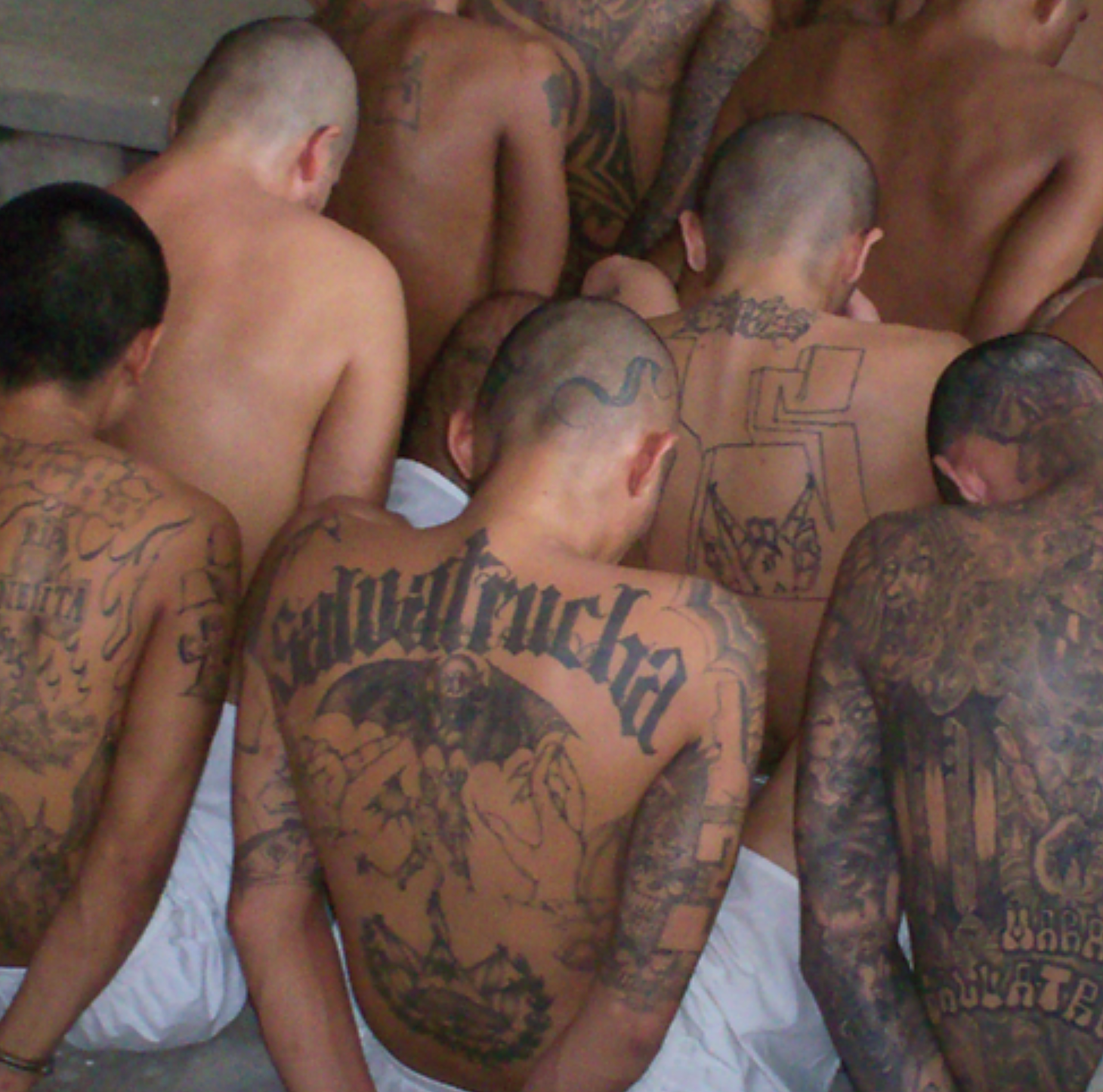
MS-13 members (image FBI)
The Trump administration is taking small steps in this direction by designating eight drug trafficking organizations in Latin America as terrorist groups, thus enabling more military resources. As demonstrated throughout this study, that type of designation would be justified, but history has shown that militant counternarcotics tactics are counterproductive.
If American military force, such as armed drone attacks and U.S. troop deployment, is used against foreign drug trafficking organizations, we will not be viewed as liberators. We will be viewed as an invading force and there will inevitably be many innocent civilian casualties, just like the war on terror. Furthermore, the death or capture of top cartel figures is not a stabilizing force. It creates a power vacuum and leads to more violence because it does nothing to reduce the overall demand for illegal drugs.
America has a notable historical precedent that it could learn from, the prohibition of alcohol. It was a failed social experiment. The murder rate dropped in the years after prohibition ended. As a sign of how desensitized Americans have become to drug war violence, consider how differently Americans reacted to the Saint Valentine’s Day Massacre of 1929. Members of Al Capone’s “Outfit” dressed up as police officers and killed seven members of their rival, Bugs Moran’s gang. That moment in history grabbed the country’s attention and was one of the strongest political catalysts for ending the prohibition of alcohol.
Today, if seven people get killed in a drug-related crime, it often doesn’t even make the national news. And there’s no chance that it will spark a national debate about changing drug policy.
That type of debate will never happen until everyone recognizes that the war on drugs is an actual war. All wars eventually end, but there is no end in sight for the drug war.
